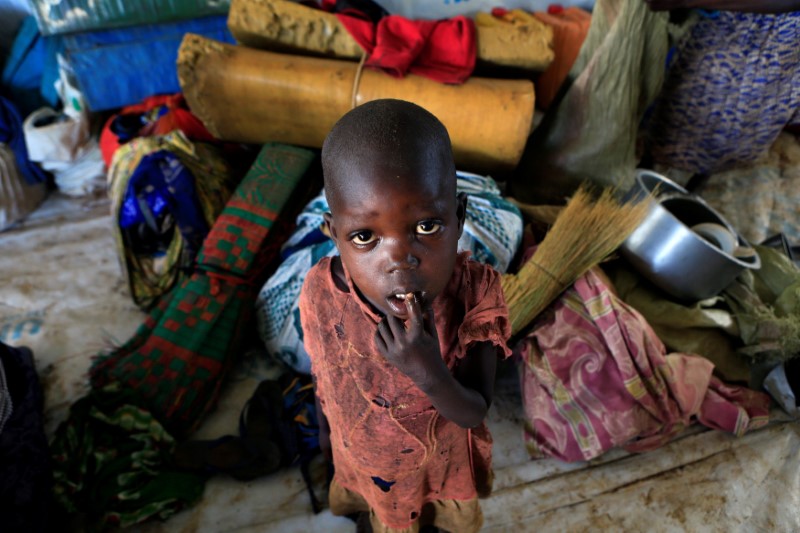
By Caroline Valetkevitch
NEW YORK (Reuters) – The U.S. Treasury yield curve flattened to a two-and-a half month low and key world stock markets fell on Thursday, as investors assessed indications from the U.S. Federal Reserve that it may raise interest rates a third time this year.
The Fed, as expected, also laid out plans to begin the unwinding of a decade of aggressive monetary stimulus, but took a more hawkish than expected stance at this week’s meeting.
“The meeting was definitely more hawkish than what the market was anticipating,” said Mary Ann Hurley, vice president in fixed income trading at D.A. Davidson in Seattle.
“We were definitely not pricing in another rate hike for this year,” Hurley said.
MSCI’s broad index of global stock markets was down 0.3 percent at 486.72.
The U.S. dollar earlier rose to a two-month high against the yen, while an index that measures the dollar’s strength against a basket of currencies dipped.
A Reuters poll late Wednesday of primary dealers, the banks authorized to transact directly with the Fed, showed that the Fed will resume rate hikes in December and raise borrowing costs three more times in 2018.
In Asia, the Bank of Japan kept its monetary spigots open at full.
The Treasury yield curve between five-year notes and 30-year bonds flattened to 92 basis points on Thursday, the lowest level since July 6. Intermediate-dated debt is more sensitive than longer-dated bonds to interest rate increases.
U.S. stocks pulled back from their all-time highs, though bank stocks cheered the prospect of higher interest rates which should help their profits. The S&P bank index was up 0.4 percent, adding to Wednesday’s gains.
The Dow Jones Industrial Average fell 17.83 points, or 0.08 percent, to 22,394.76, the S&;P 500 lost 3.67 points, or 0.15 percent, to 2,504.57 and the Nasdaq Composite dropped 23.08 points, or 0.36 percent, to 6,432.96.
Emerging markets shares were lower, with an index of emerging markets down 0.3 percent.
S&P Global became the second major rating agency this year to cut China’s credit score, citing worries about the country’s rising debt levels and the risks that posed for financial stability in the world’s second largest economy.FED,
China’s markets were already closed by the time it came but it kept the pressure on emerging markets stocks.
MSCI’s broadest index of Asia-Pacific shares outside Japan closed 0.69 percent lower.
Since the start of 2014, Reuters analysis shows that the big three rating agencies – S&P Global, Moody’s and Fitch – have racked up more than 155 emerging market downgrades between them, which averages out a roughly one a week.
The Japanese yen weakened 0.11 percent versus the greenback at 112.34 per dollar. The dollar index fell 0.29 percent.
Gold fell to its lowest in almost four weeks as investors continued to assess the Fed statement. Spot gold dropped 0.7 percent to $1,291.91 an ounce.
Oil prices were down slightly before a meeting of oil producers that could extend production limits.
U.S. crude fell 0.22 percent to $50.58 per barrel and Brent was last at $55.91, down 0.04 percent on the day.
(Additional reporting by Karen Brettell in New York, Marc Jones in London and Hideyuki Sano in Tokyo; Editing by Bernadette Baum)












